I don’t feel split up piece by piece because of blood; I am weaved together by story and family. Mother taught me how to thread this needle and slip it into the eye of memory. How to wet the thread with my tongue if it begins to unravel.
I splinter with desire to right this wrong. I become an echo—always calling Brother’s name.
Brother loved cars. Father said it was in the blood, as if it explained everything. What does it mean for cars to be “in the blood,” in the fluid circulating inside my person? My blood is quantified by the US government. I don’t have much use for my Certificates of Degree of Indian Blood, the “official” Bureau of Indian Affairs document that states and traces my fractions. The certificates I rarely use are beneath stacks of important documents. They state that I am fraction. A piece is my father. A piece of me is a black mark on white government paper.
One-half.
I was not fractured by blood.
I was fractured by Bullet. It broke me good.
I’ve become an abridged version of myself—made half-done and meager. Made hungry for answers.
Fraction, from Latin fractious—Broken.
It seems so easy for the government to fracture us. Even a “full blood” is 4/4. I can be documented into multiple fractions. There is my tribal heritage from one “California state recognized” nation and another “unrecognized California state” nation. I cannot say the words “state recognized” or “unrecognized” without acknowledging settler colonialism, without acknowledging the long decades of waiting and fighting for the federal government to recognize our existence and inherent rights, telling us what we already knew to be true. These undocumented parts might leave us on the verge of erasure, an interesting footnote in history.
They want to make us into fractions.
Brother is four years younger than me. He is in kindergarten while I am in fourth grade. He becomes a father the year I graduate from college. He is twenty-eight when Bullet calls his name on December 19, 2010. I hold on to Brother in the present tense as long as possible, because I know I will have to write about him in the past tense.
As we grew older, the difference in our ages seemed to shrink and our arguments became infrequent. He helped me select my first car: a used sedan. When I sideswiped a car, he used his connections with a local auto body shop to get me a cheap deal on the repair. He drove me places when my anxiety would get the better of me. This is a sibling comfort. The ease and care of my family, of Brother. The responsibility we felt toward each other, toward our parents, was a thick thread I attempt to keep hold of each day.
A few weeks after Brother’s death, I felt the absence of something physical. Then the realization came that the person who I shared so many childhood memories with, the one person who was born from the exact same mother and father, was now gone.
I am always searching for meaning.
What does it mean to sister the dead? To sister a memory? To sister this sibling-death? In absence, the fluid and flux of sister-memory becomes weighted with meaning.
I tried to chart the stars with his story to map a dark night. The old ones said the night sky is where the lonely go.
And what did Father mean when he said that cars were in our blood? What does it mean for blood to contain love? What was my brother’s blood? He was always on the road, foot on pedal and hand on steering wheel. It is too late to tell him to slow down.
What is in my blood? Mother always asks me to get my blood sugar checked. Threatens to prick my finger herself if I do not. My own excess and family history puts me at risk, but the doctor says everything is fine. My insulin is not resisting, no sweet inheritance, yet. But, it was different for Brother. One Christmas morning before he was diagnosed with diabetes, he lost consciousness and crashed into a parked car. The impact left a bruise, but he was fine. Both cars could be repaired.
So much was shattered. We were thrown off center, questioning our own beings. I found myself moving forward and backwards between before the Bullet and after.
On that night, the night Brother is shot, there is less blood than I could have imagined. I can see the wound in his chest. He is exposed—wearing a white tank top and thin boxers, a hole in his center, an opening close to his heart. The ribbed tank top soaks in his blood. I do not see the gunshot wound in back of his head while he is lying on the porch. Rain mixes with Brother’s blood. I carefully step over the puddles of this blood-water.
Hours later, after the ambulance and police have left, Father hoses down the porch. The blood-water spills into the plants.
What trauma do we inherit? Even if it is only a fraction of the whole, a slice of a story, a whisper of a name or silence, its presence is felt. Although we shielded Brother’s three children from seeing his blood and bulleted body, I wonder what trauma is passed on to them. Can it be countered or balanced? Will Youngest Nephew, only six months old when his father is killed, remember the way his father carried him in the crook of his arm? His first word was “tractor.” Is this Brother’s blood, or evidence of the way we live our lives through memory? The way we tend to our ghosts.
Cars get rusty and grow weak; their hearts and lungs sometimes give out. When newer models break down it makes sense to sell them, to rid us of these bodies with so little history. Father and Brother were not sentimental about newer cars like they were with classic cars, cars with a certain past and sense of style. Brother talked fondly of his first car, a late model Regal. He kept a ’69 Chevelle parked in the back of father’s garage and drove a Riviera. Father steadily works on his classic sky blue Chevy truck that once belonged to Grandfather, and, even though his Model A is in pieces, it is not going anywhere.
If a car is in terrible shape, but there is something to salvage, you strip it apart and sell it piece by piece. What is left is crushed—compressed into a slab or cube.
Brother and Father worked with their hands to restore. Their vision was a mix of creativity and study. They had the ability to see beyond the damage to potential. They sanded down and pounded out dents. They pulled apart and put back together, added flare and style. They considered paints with adjectives like ‘pearl’ and ‘candy.’ They selected rims that gleamed in the sun, cut across concrete like a knife. They used the softest cloths to wipe away dust and grit. Here I find the path to their softest parts, where they open into a smile. Brother added airbag suspension to his Riviera to make it dance. He hit the switches, and a car show audience applauded. They babied these cars so they didn’t overheat, learned their cries and purrs, and became garage surgeons when they faltered. This work darkened and roughed their hands. Father lost the top of his finger under the weight of an engine.
All of this work is an art. This is how they created beauty that they’d steer across a sea of asphalt. Brother’s keys jangled in his son’s pocket on the day he drove the Riviera. At fifteen years old, he navigated a parking lot with his Ghost-Father riding shotgun.
Even in death, Brother is teaching me how to reconstruct myself from all this. Sometimes it is impossible to return something back to its original condition. There is no going back, not for me or for my family. My brain has been reconfigured by Bullet. At first Bullet fractured me into a numbness, then into slices of pain. It is work to heal, to repair oneself. I think of the hours Brother and Father spent sanding off paint, rebuilding engines and carburetors, changing out hoses and, when necessary, getting help. This all took time.
It has been years since Brother’s death and I still sometimes stumble back into the fear—into that night when the moon was barely a fraction of light. I work to thread myself back together through the pain and loss, work to not forget the joy because all of it is sharp and bright.
***
Photographs provided by author.
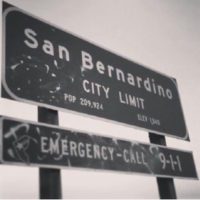
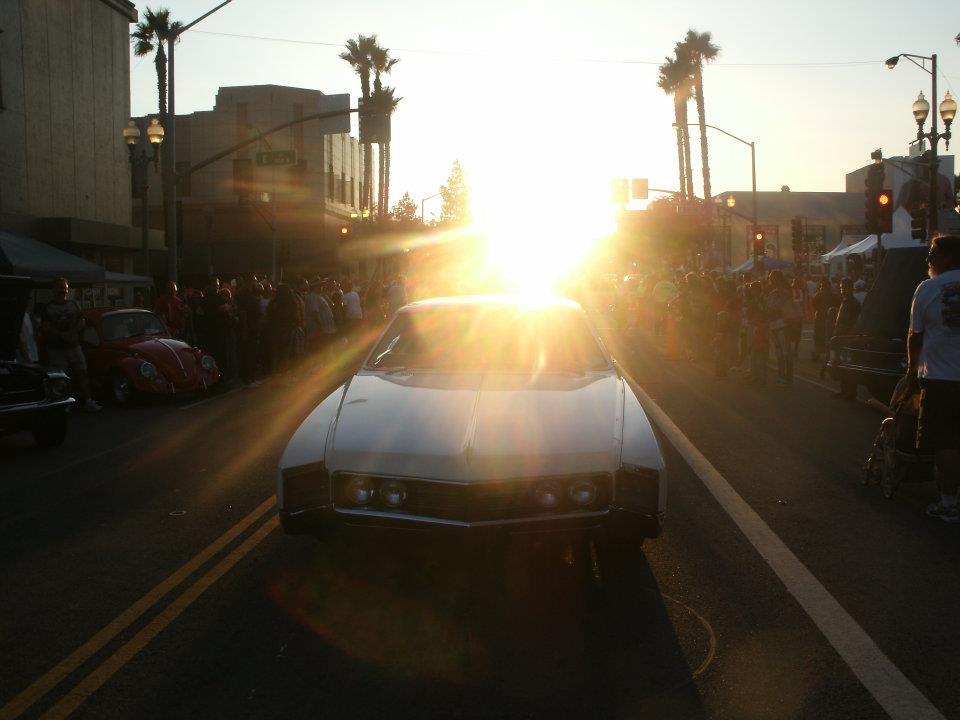
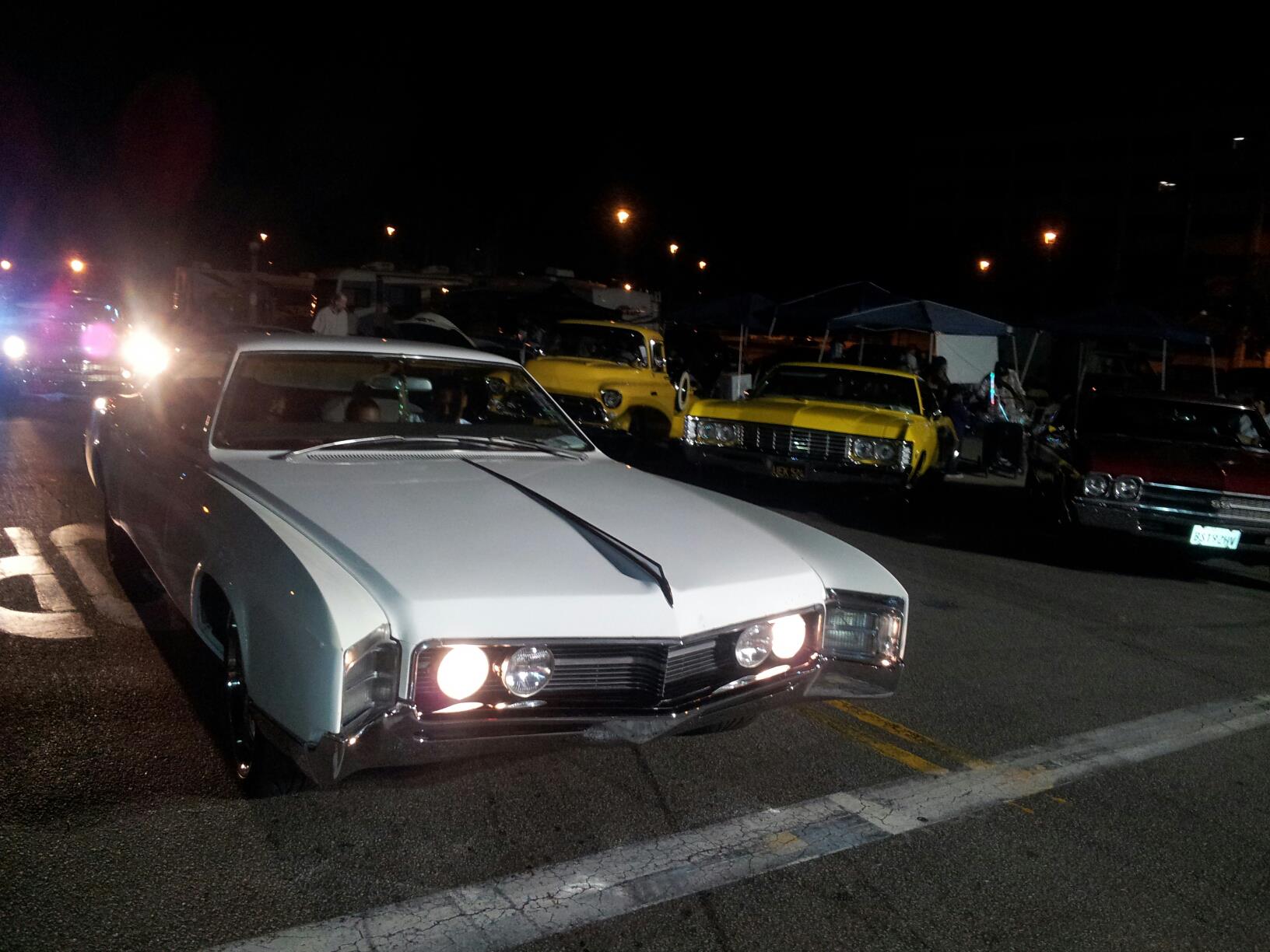


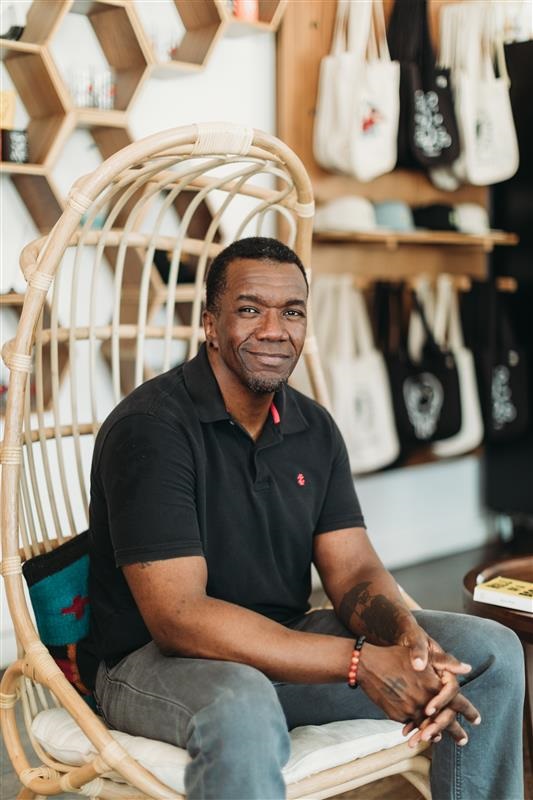
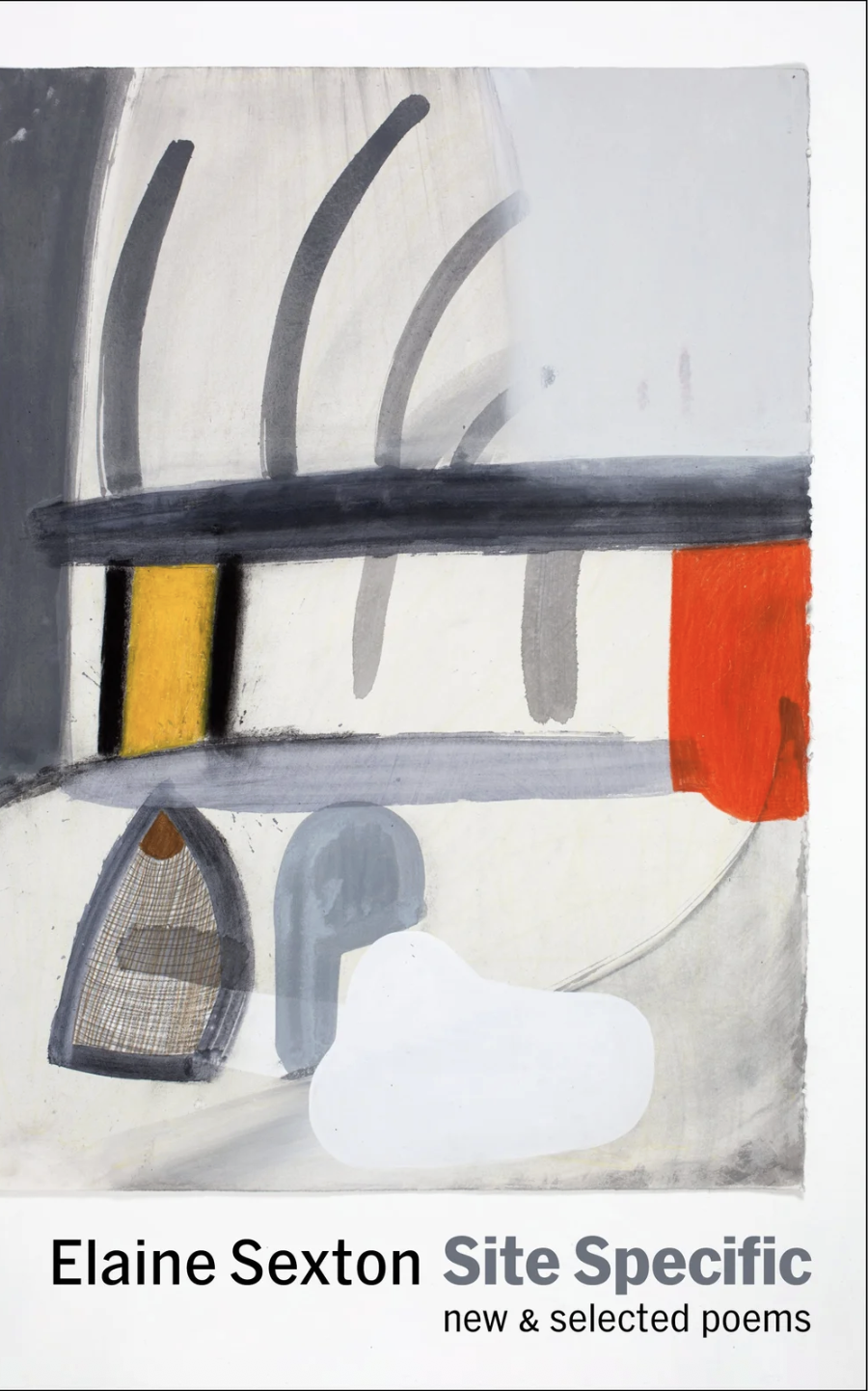
One response
“What trauma do we inherit? Even if it is only a fraction of the whole, a slice of a story, a whisper of a name or silence, its presence is felt.” I will ponder this question. So powerful. And such a beautiful essay. Thanks for writing!
Click here to subscribe today and leave your comment.